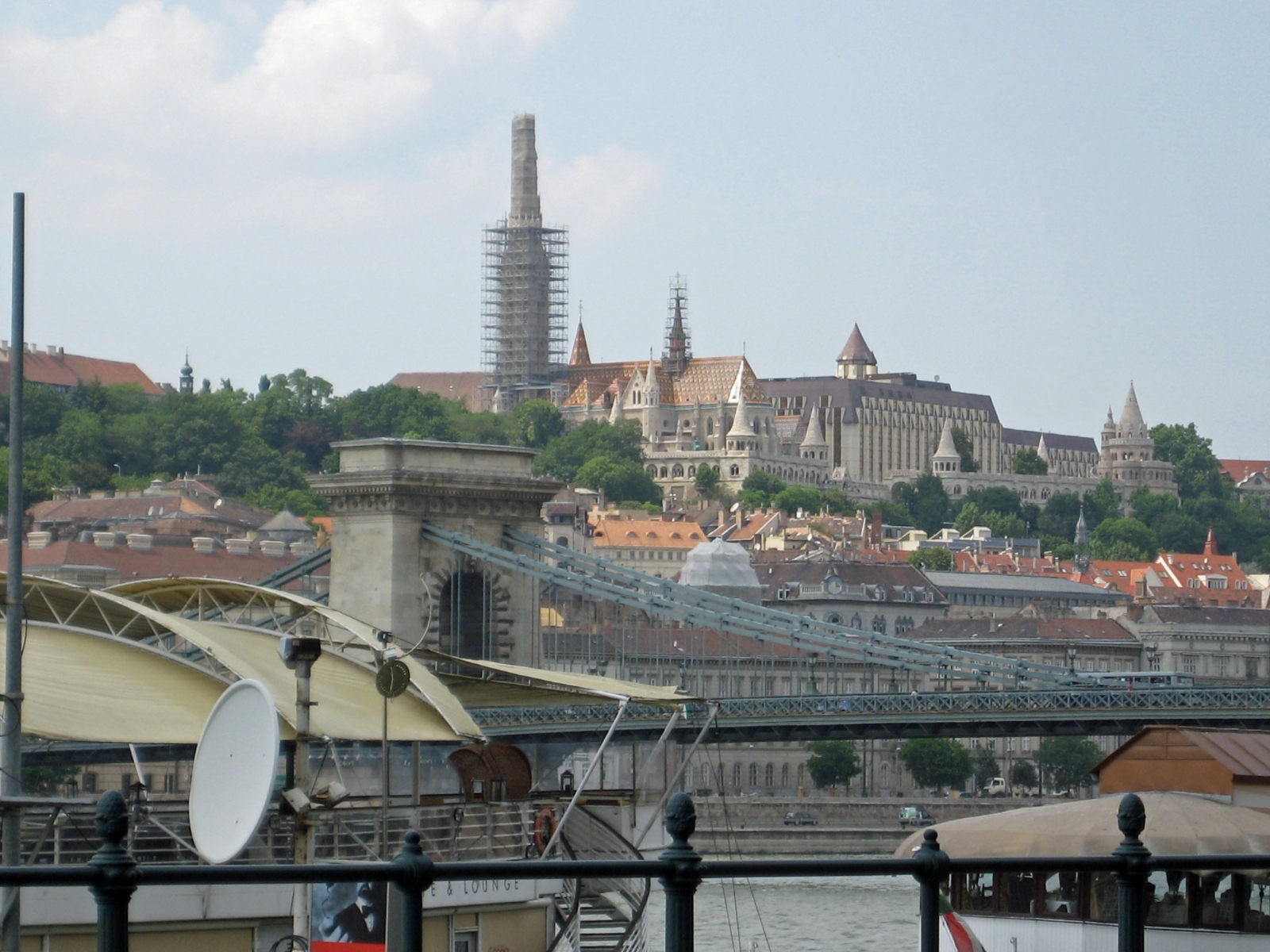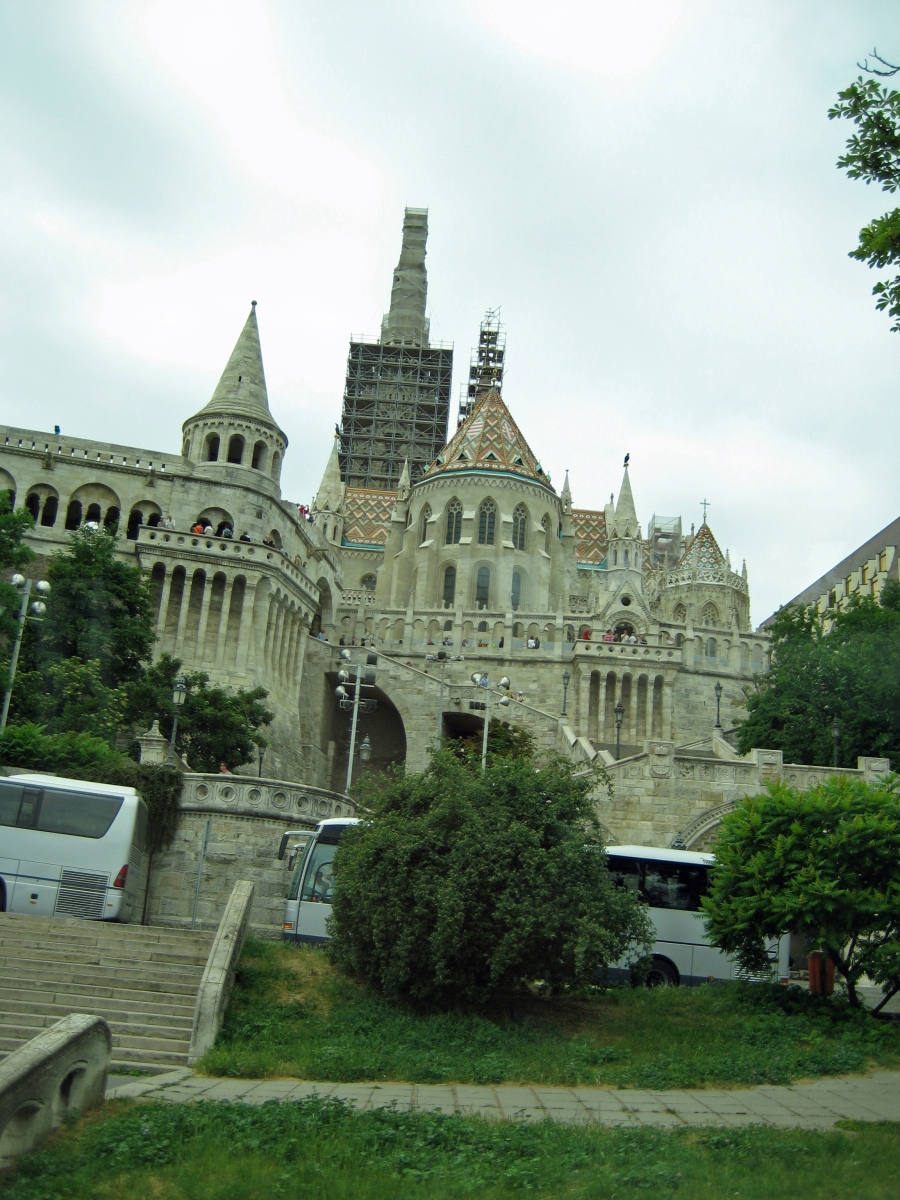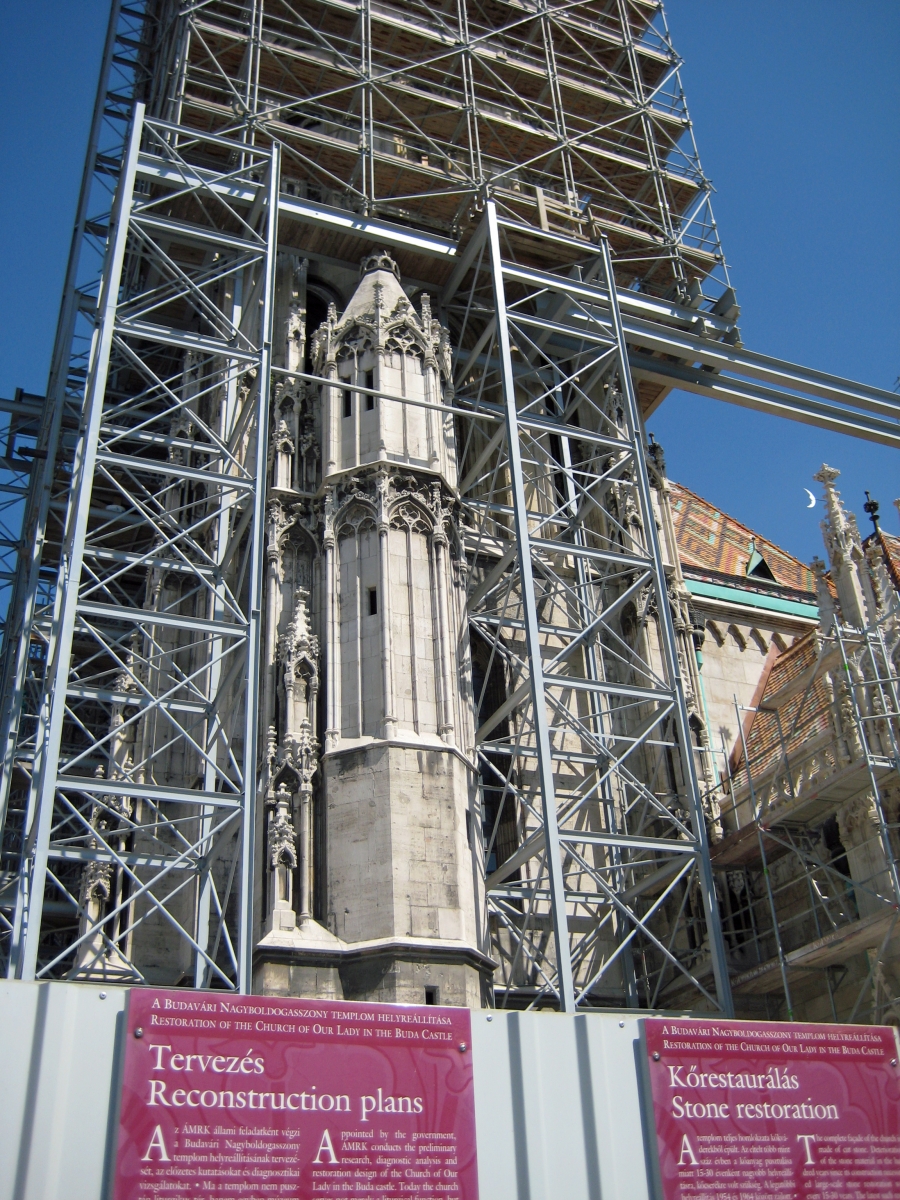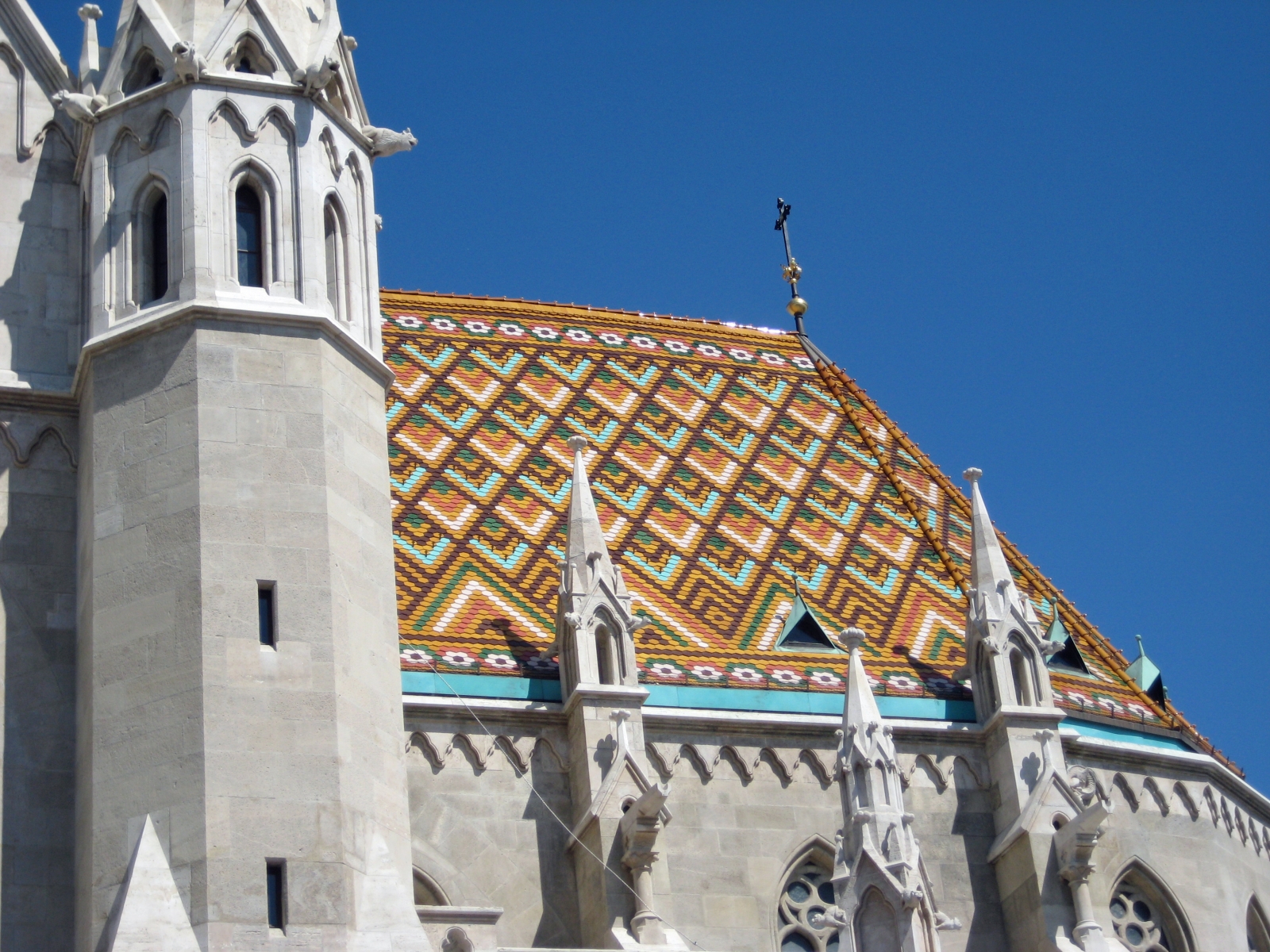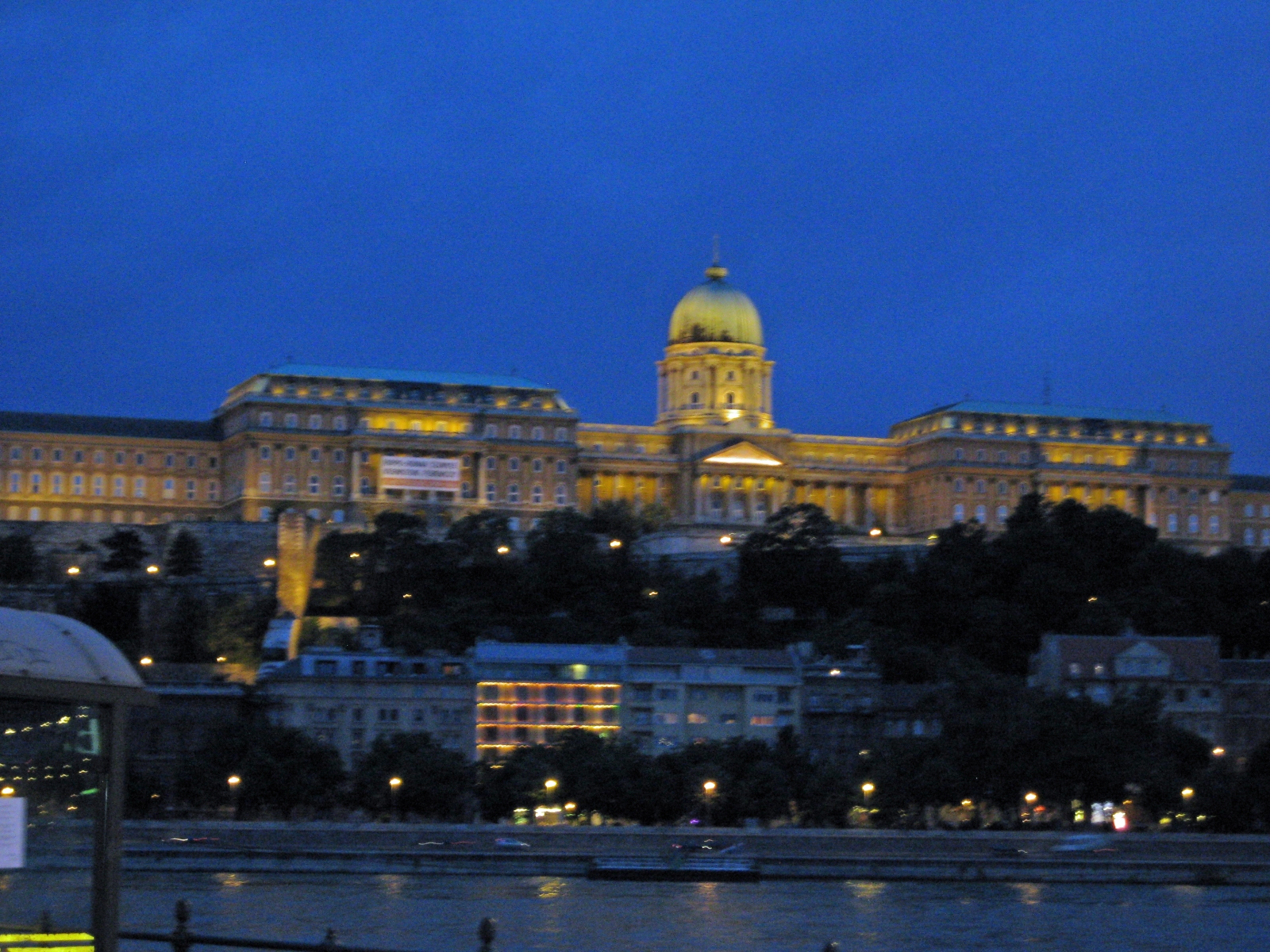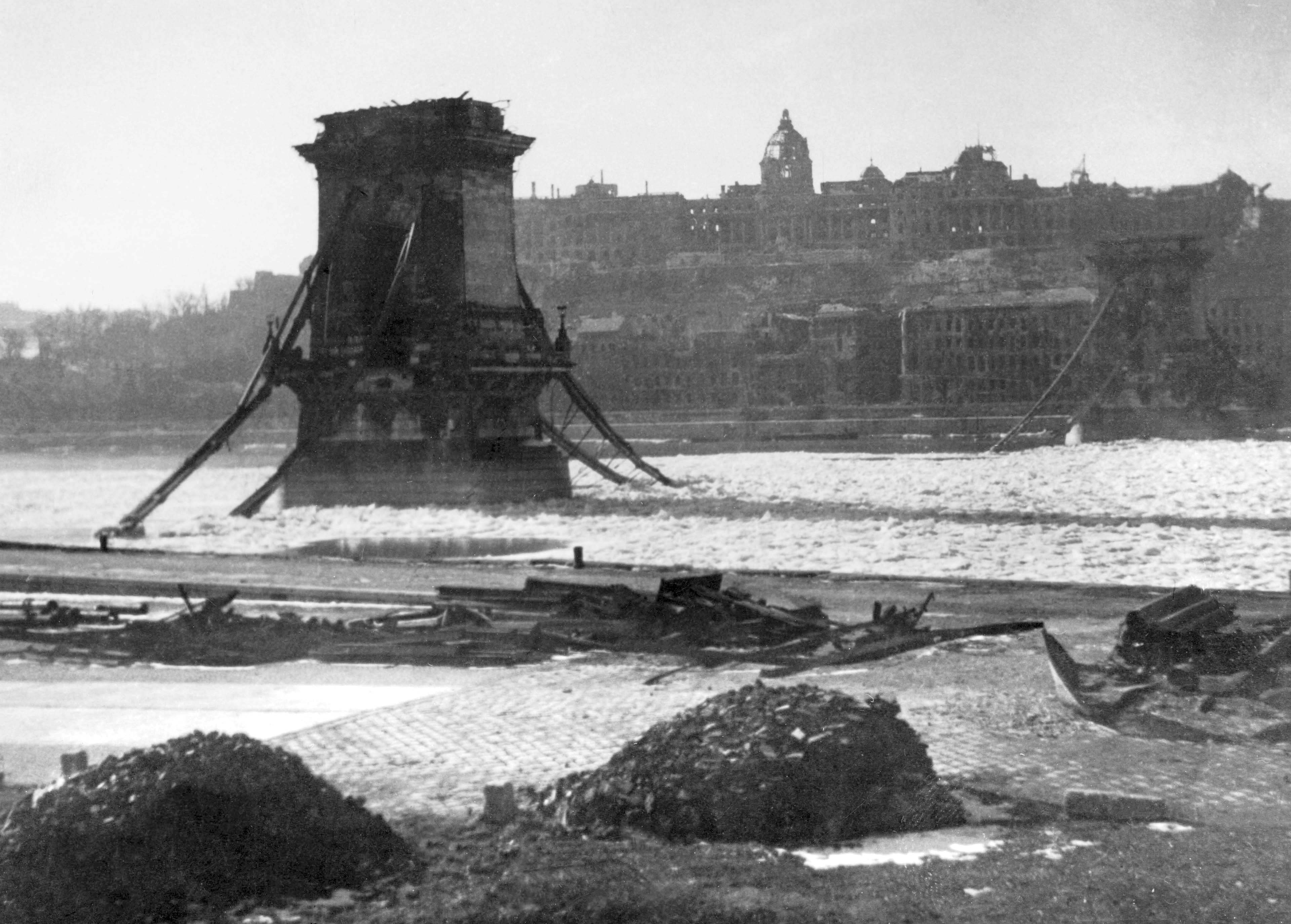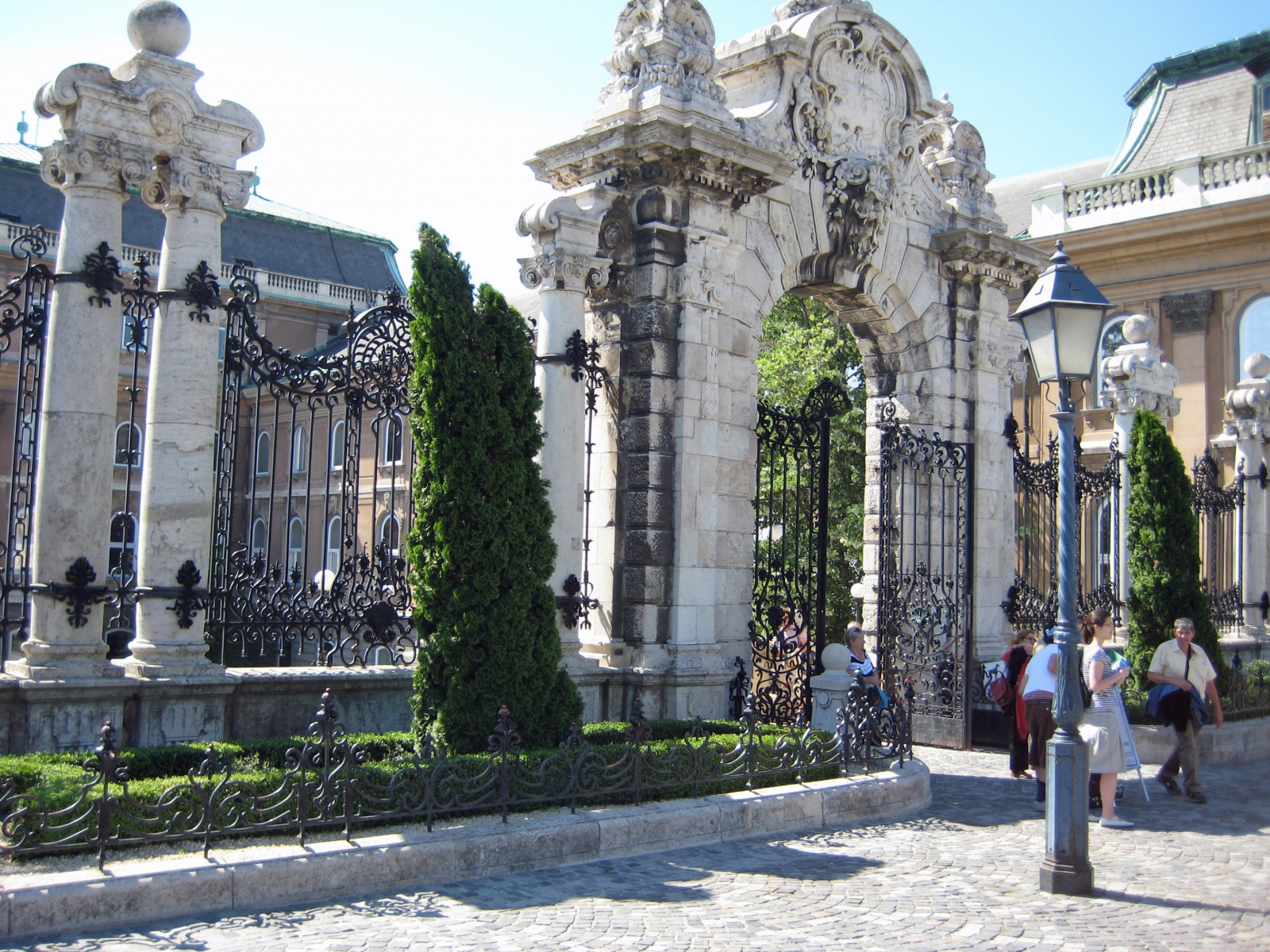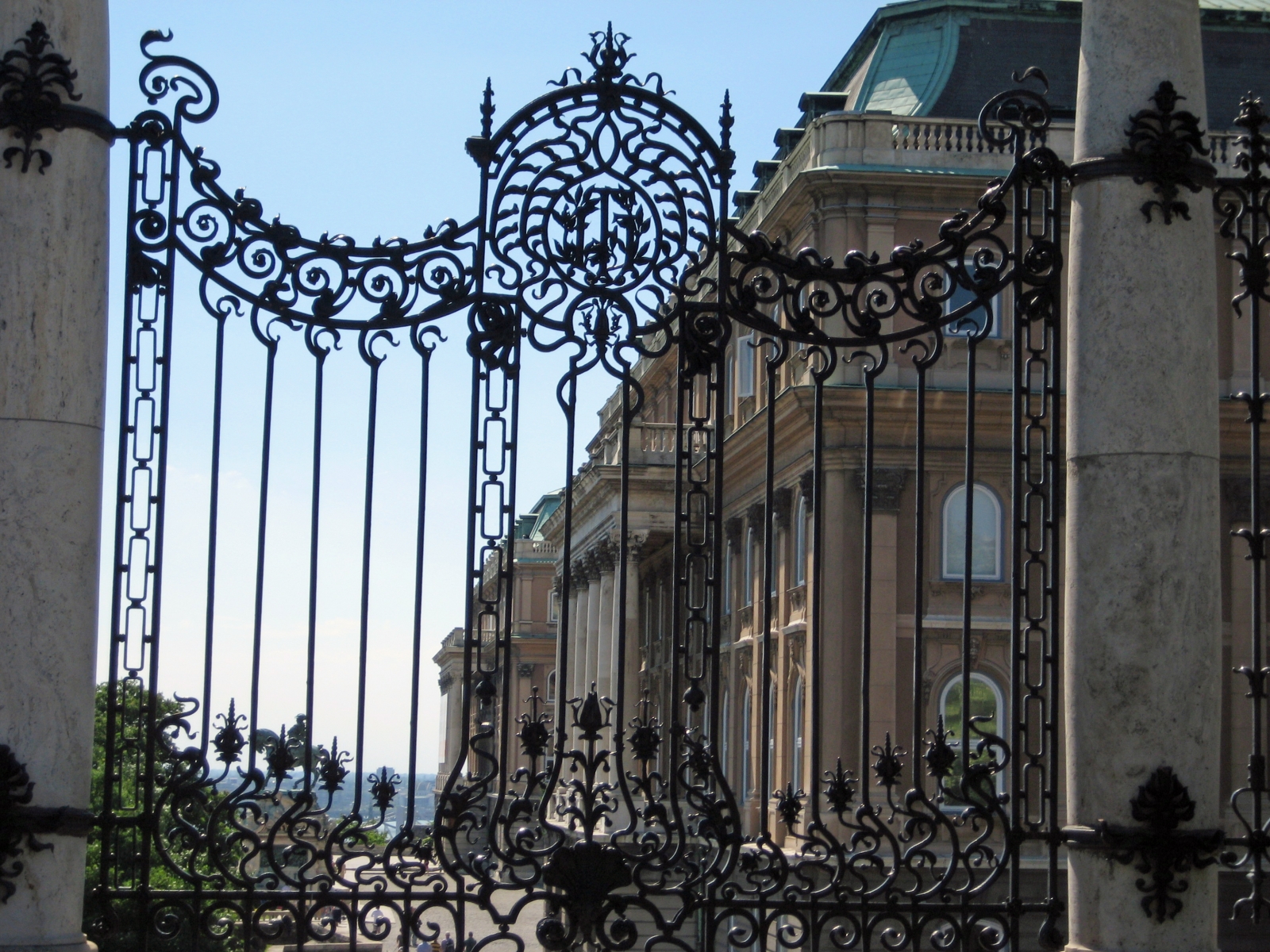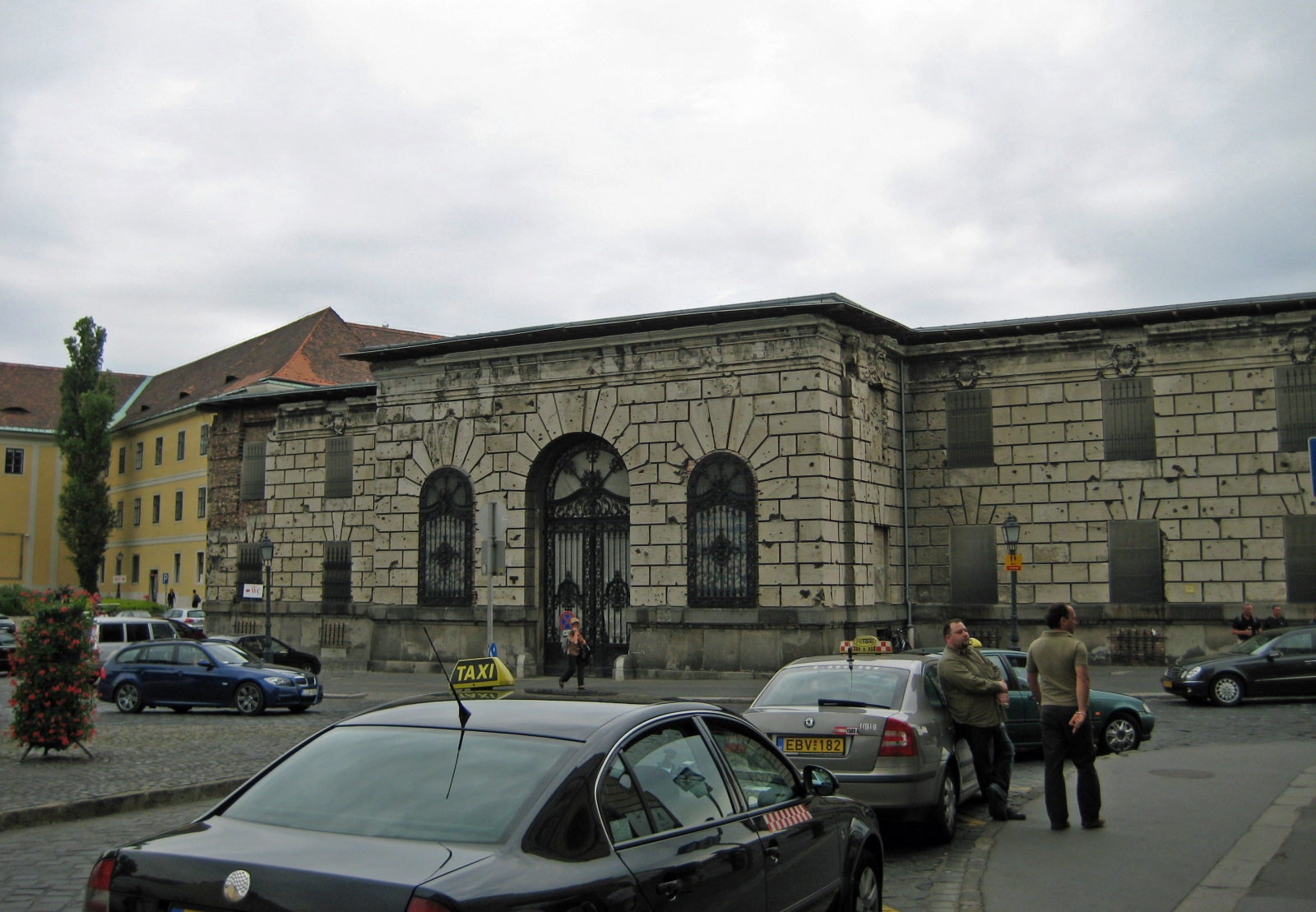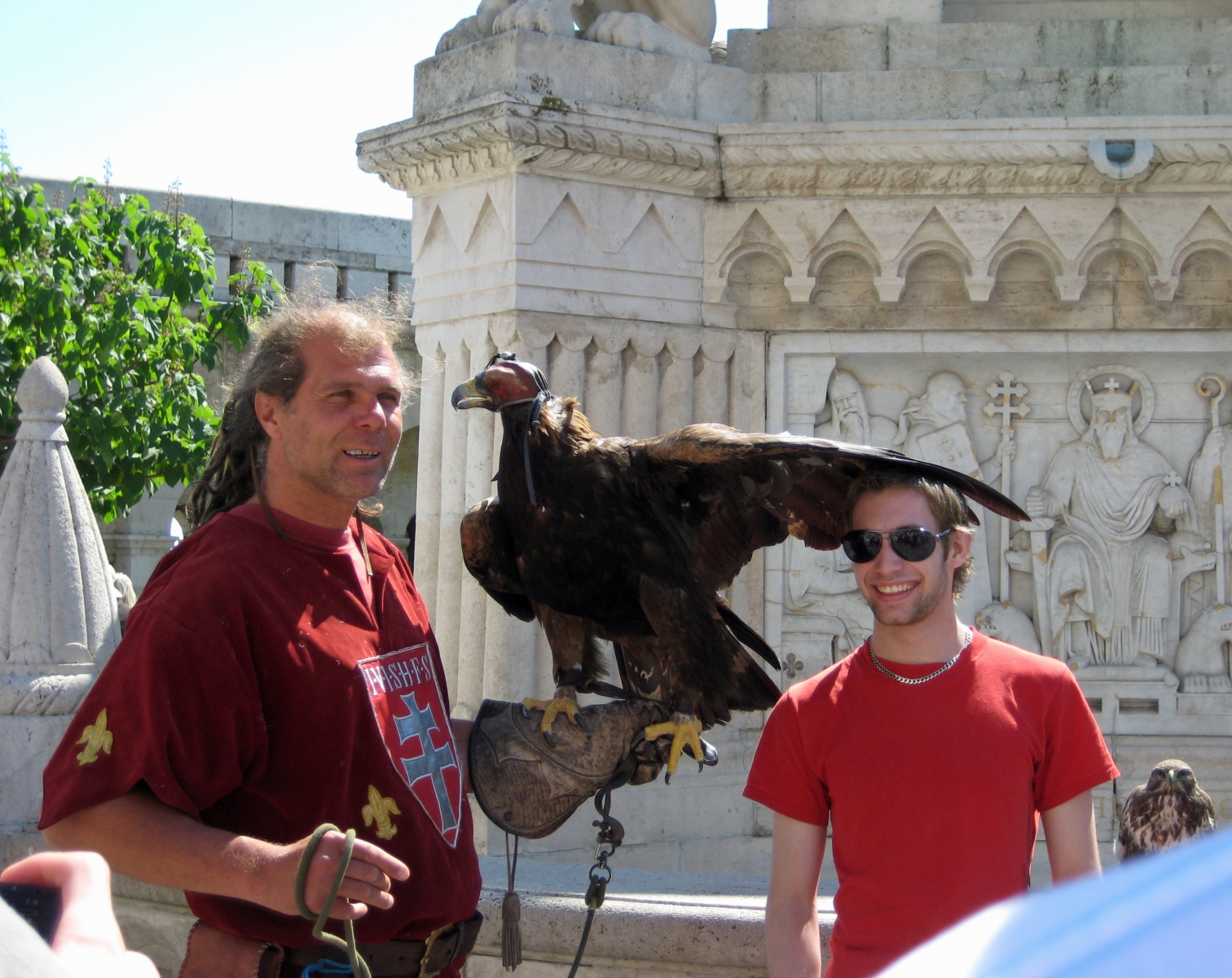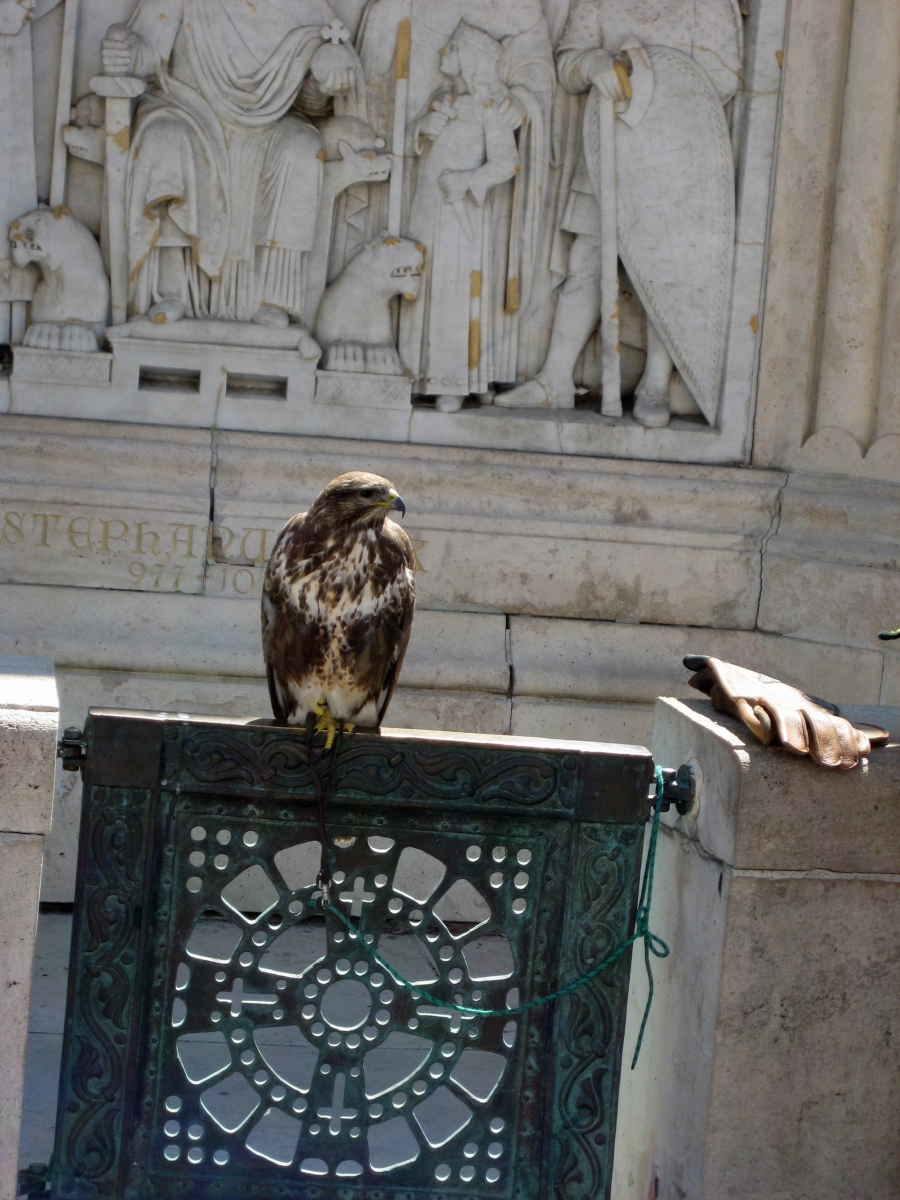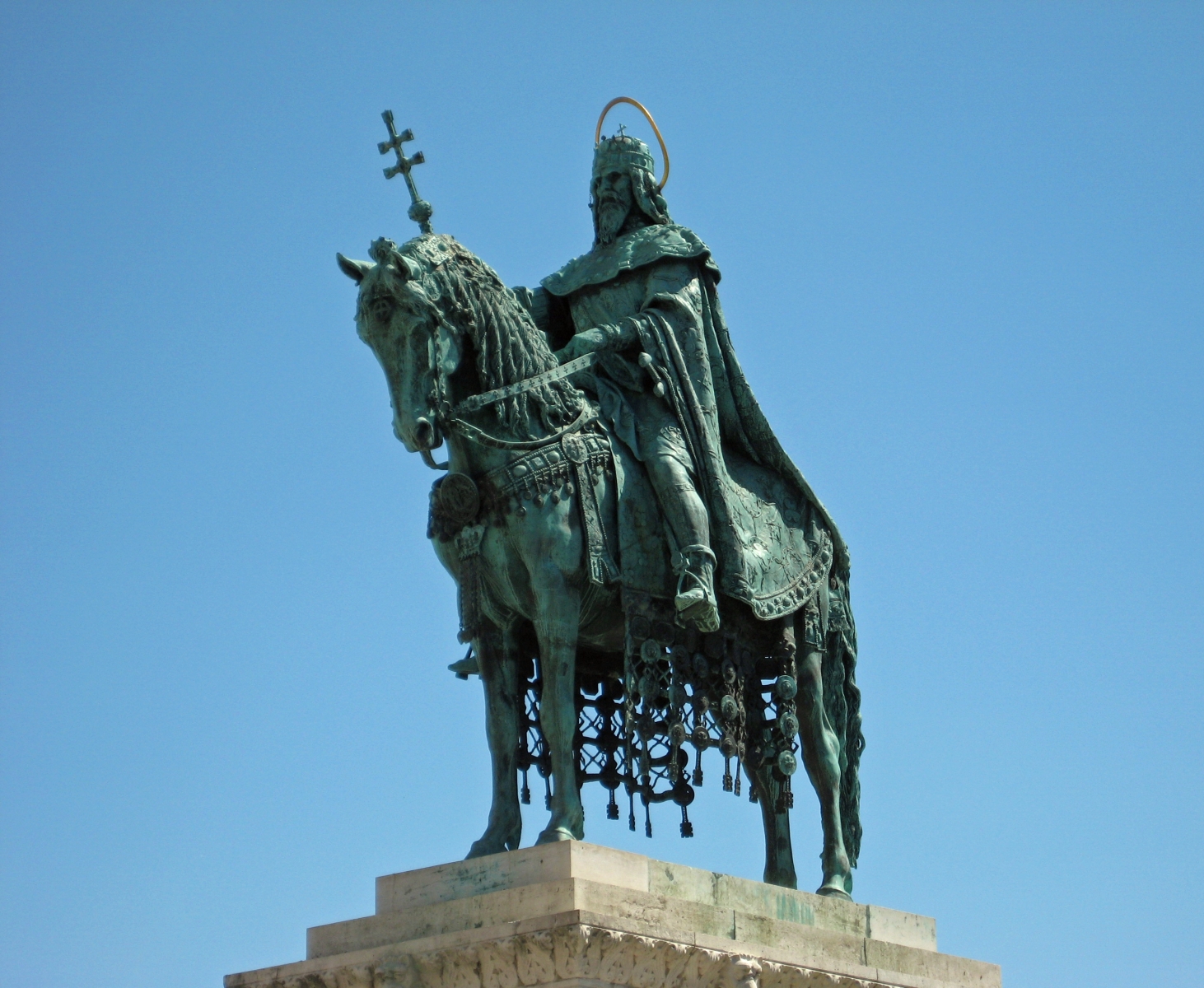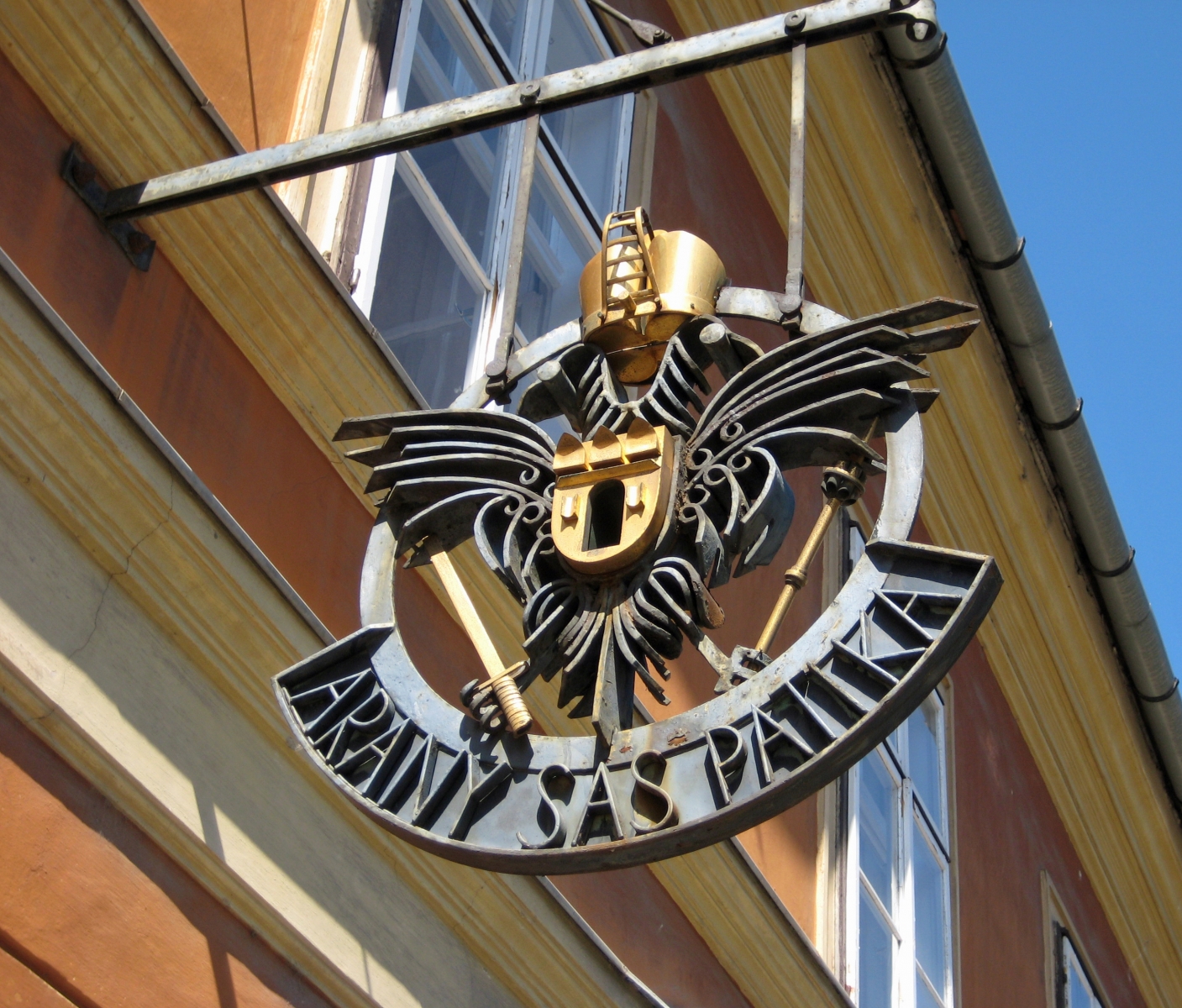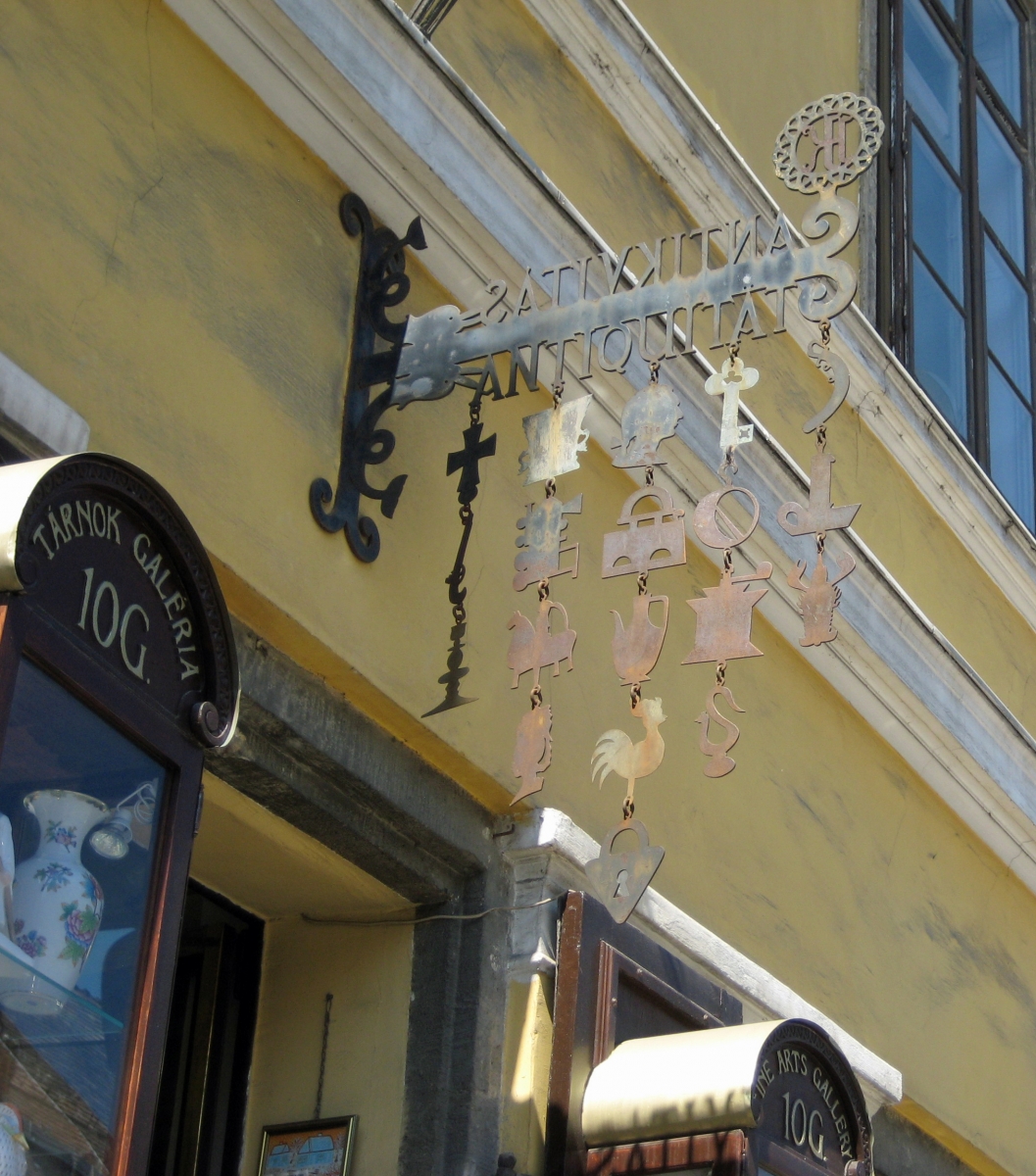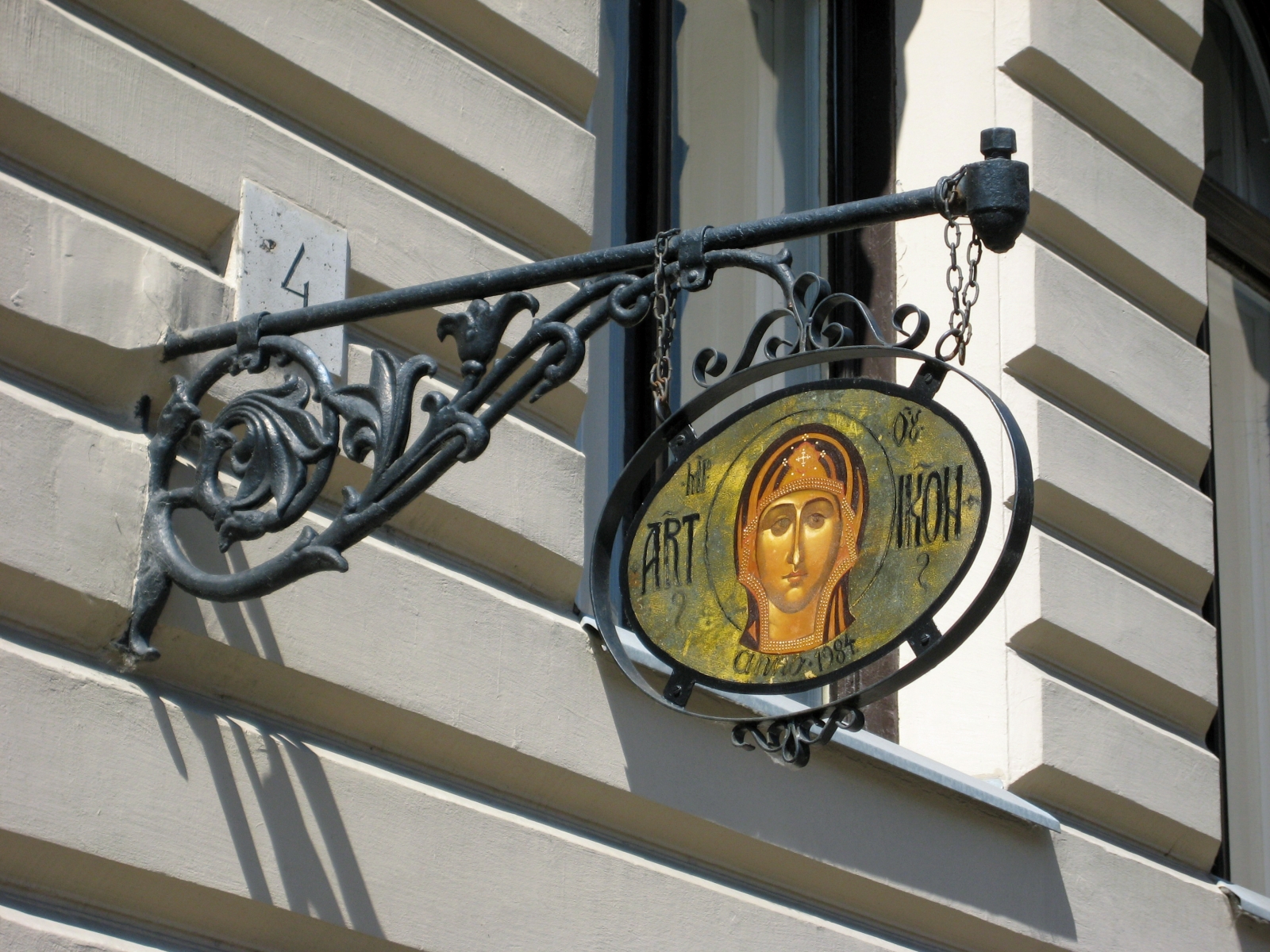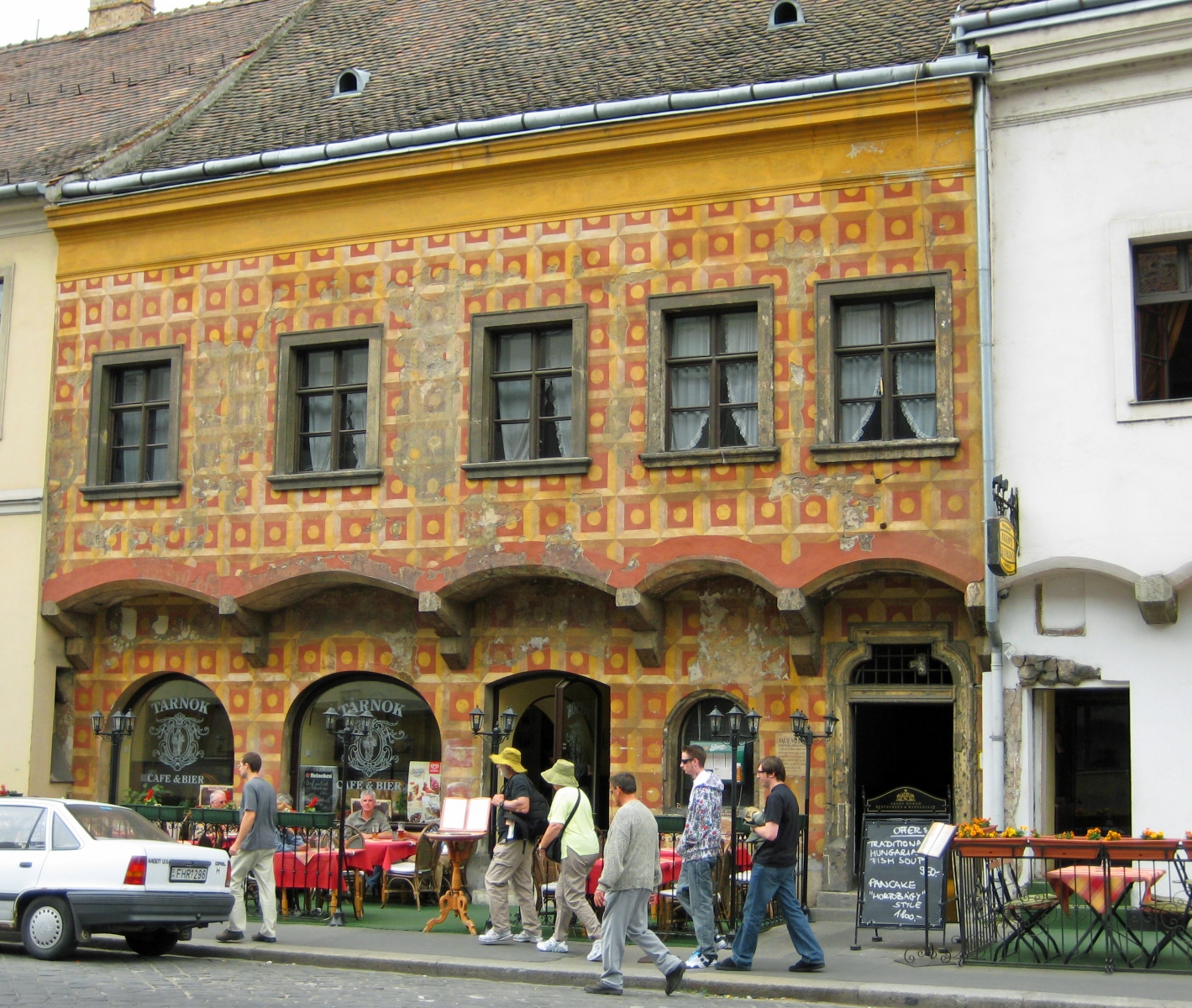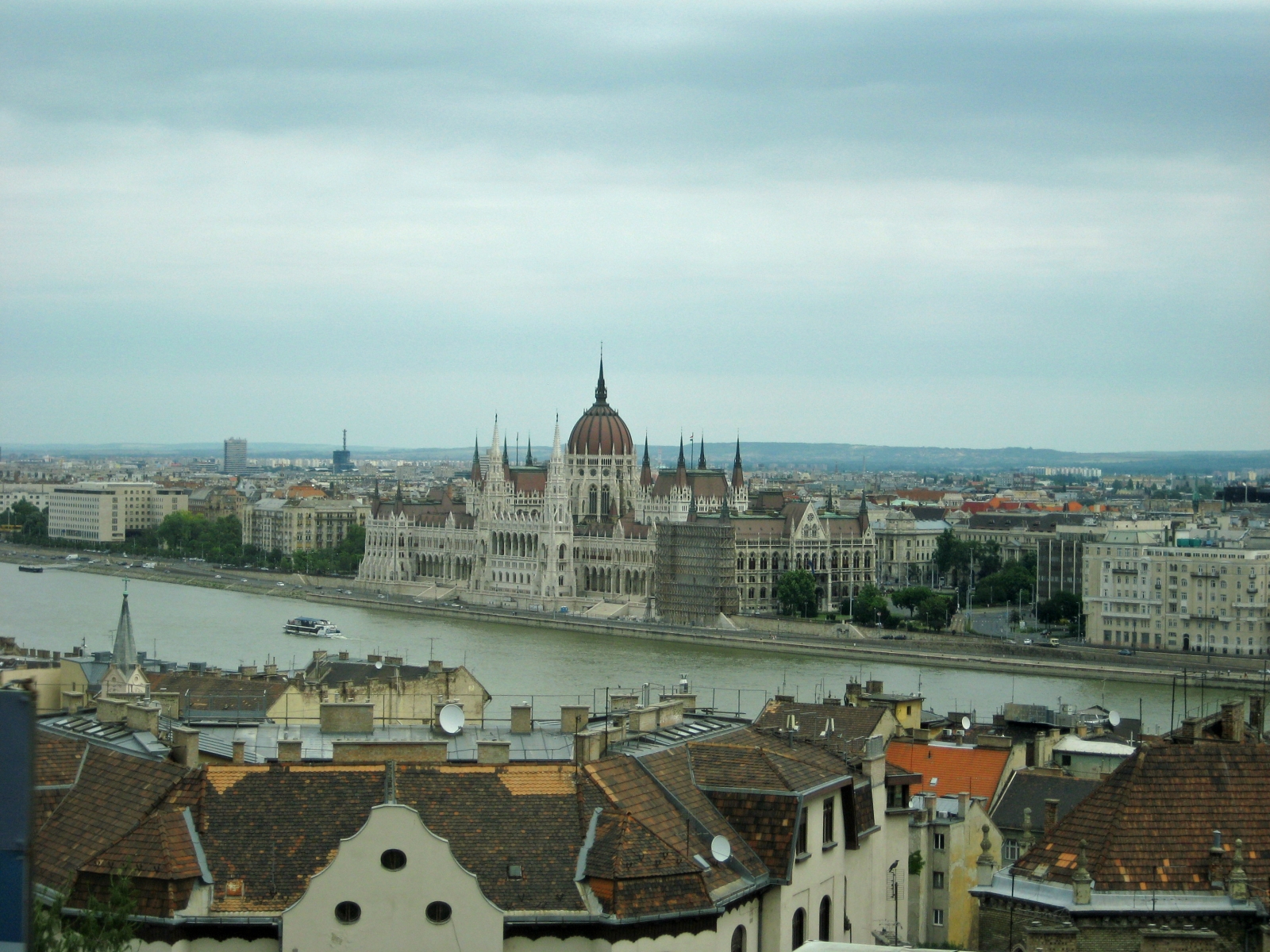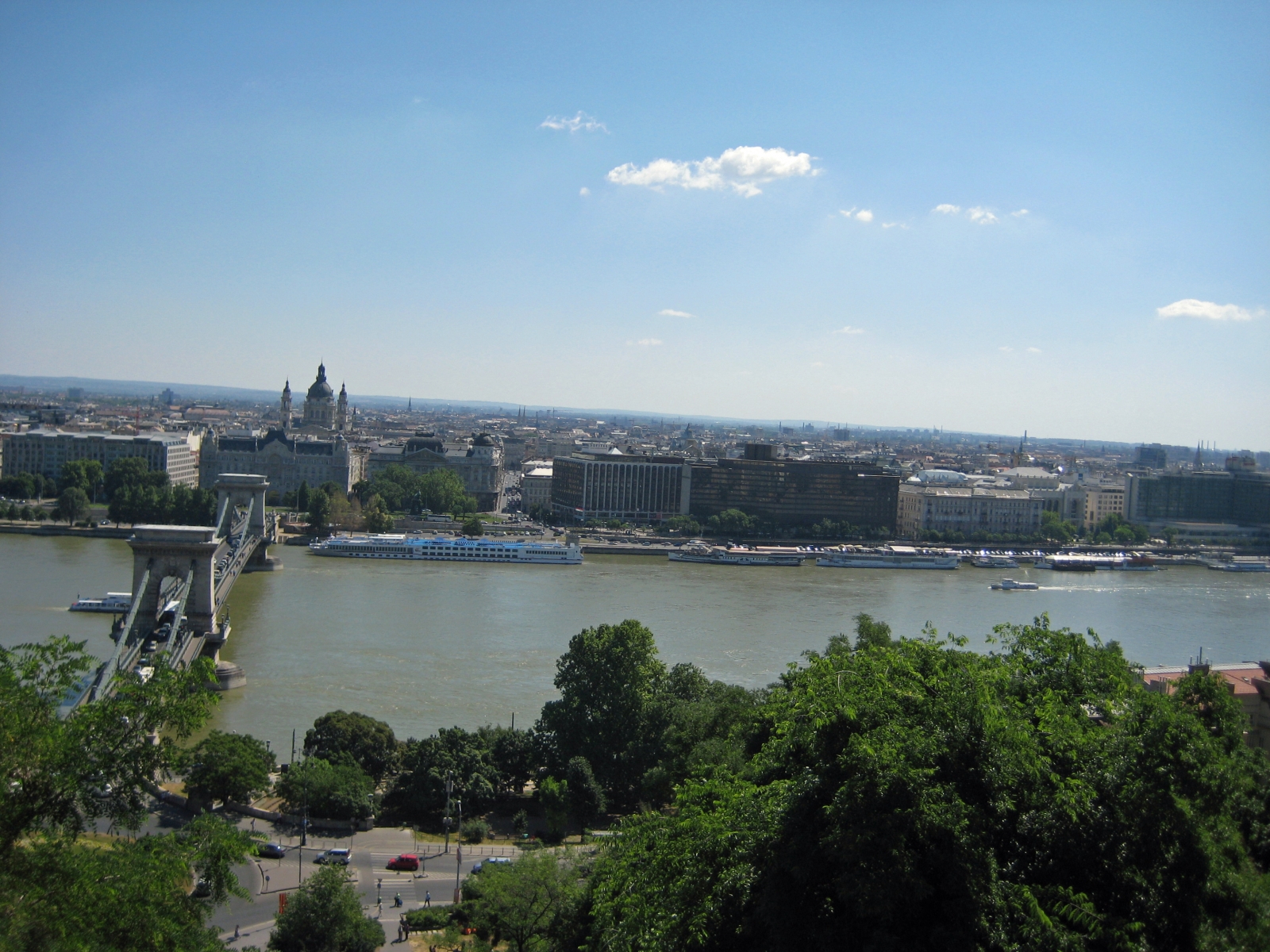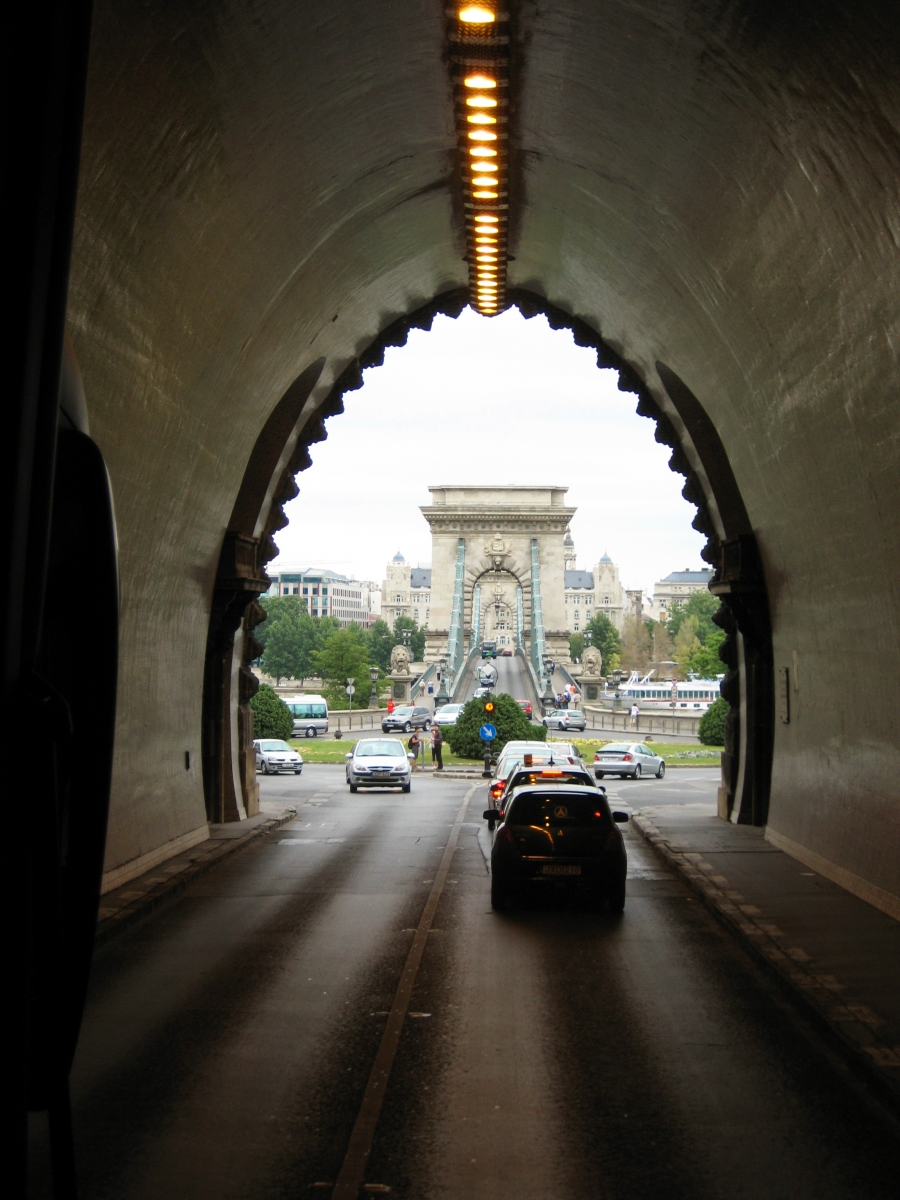I've been a bit lax with posts lately since I took some time to just enjoy the season. It felt good and as the days are getting longer I'm feeling more energetic. It could be my new nearly daily exercise routine, too, but that's probably due to more light as well.
Anywho*, I figured it was time to do another series of posts chronicling one of our travel adventures. For those that enjoy armchair traveling or perhaps those that are intrigued to travel to these areas in the future, sit back and immerse yourself by not only checking out our photos and reading my words, but click on through to links I may provide for more information regarding the sights and places we visited. It may help you plan your trip so you avoid visiting sights that hold little interest in favor of those that get your mind and heart racing.
(*Note: I find it rather humorous to read the Urban Dictionary's definition of "anywho." If you could hear my belated Grandmother saying this in your head you'd never consider it obnoxious or said by someone who thought they were clever. She was anything but either of those descriptions, albeit she was clever. She said it in a folksy way and I suspect something she'd heard her mother say growing up in Maryland many years ago. Just sayin'!)
A milestone birthday is always a cause for celebration. For my husband and me our best gift to each other has always been to feed our wanderlust. So for my 50th I decided I wanted to go to a part of the world I knew little about that happens to be an area that the western culture has barely touched as well: a Danube river cruise from Budapest, Hungary to Bucharest, Romania. (The Iron Curtain of course kept most of the west's influence out until the early 1990's. Struggles like nation building, poverty, and dormant tribal feelings became a focus for these countries after that.) It was this trip that prompted our desire to go to the furthest point in Europe: Istanbul, a year later.
After flying from the west coast of the U.S. to London and a 7 hour layover before our final flight to Budapest we arrived at midnight exhausted but excited. However, that was not a good combination for getting much sleep especially since we both get serious jet lag.
However thanks to our travel agent we had a spacious for pacing and a large picture window overlooking the Danube and Castle Hill.
Chain Bridge over Danube; Buda is the far side Pest is our hotel side
Although Budapest became one city (along with Obuda) in 1873 many people will still refer to the city as being divided between Buda and Pest by the Danube. I was fascinated to learn that the first settlement in the area was a Celtic settlement prior to the Romans taking it over in the mid first century AD, which may not be so surprising to Europeans who know their history better than I do. It was part of the Hallstatt culture, the primary culture of Central Europe during the early Iron Age. Castle Hill with its Buda Castle is one of the most visited spots in Budapest and is part of the UNESCO World Heritage Site that also includes the Banks of the Danube and the once pedestrian only Andrassy Avenue.
I thought in this first post I'd share some photos of Castle Hill and then next week the Pest side near our hotel with the pedestrian only Vaci Utca and fancy hotels and cafes. The location of our hotel was perfect for exploring at our own pace and allowing us to return for naps as needed. I mentioned our view so you can imagine the pleasant hike across the Chain Bridge to the funicular that took us to the top of Castle Hill.
Matthias Church in scaffolding
Aren't the tiles gorgeous?!
Buda Castle, or the Royal Palace, has a historical museum and library lodged within part of its walls at this time. There are layers of palaces/castles and history upon this hill from the Middle Ages to the Ottoman Empire Era to early Baroque to the Hungarian Empire to it being the last stronghold of the Axis forces (Germany and Hungary) in Budapest during WWII.
Buda Castle at dusk today
Chain Bridge with Buda Castle in background February 3, 1946
copyright free photo from Wikipedia Hungary
Gated entrance to Buda Castle
Time as well as wars have left their mark on Castle Hill.
Building has scars from WWII bullets
Section of Castle Hill city wall showing patches from various time periods and bullet holes from WWII
While walking the streets we came upon a falconer...a tourist... and some hawk type bird we didn't know. Perhaps it was the fabled turul?
Peregrine Falcon
There was a bronze of the mythical turul (or large falcon.) According to Wikipedia: "The Turul is the most important bird in the origin myth of the Magyars(Hungarian people). It is a divine messenger, and perches on top of the tree of life along with the other spirits of unborn children in the form of birds. The Turul became a symbol of power, strength, and nobility, and it is still used today on the coat of arms of the Hungarian Army and the Office of National Security."
St. Stephen, Hungarian's first King (1000AD)St. Stephen is revered by Hungarians as the King who converted the Hungarian tribes to Christianity and enabled them to join the Christian nations of Europe so they could live peacefully with their neighbors.
The village part of Castle Hill had quaint shops with delightful shop signs.
Golden Eagle Pharmacy
Antique shop
This shop was established in 1984. Love the sign!
Parliament Building in center
It's not just you, the horizon is dipping.I must've been ready for one of those naps.
As this travelogue continues you'll begin to wonder why the Danube isn't blue as the waltz professes. You will find that it's more often green, gray, or a turgid brown from its origins in the Black Forest to its confluence with the Black Sea. Come back next week as I share photos and experiences on the Pest side of the Danube within walking distance of our hotel.
Car tunnel underneath Castle Hill
(looking across Chain Bridge to Pest)


